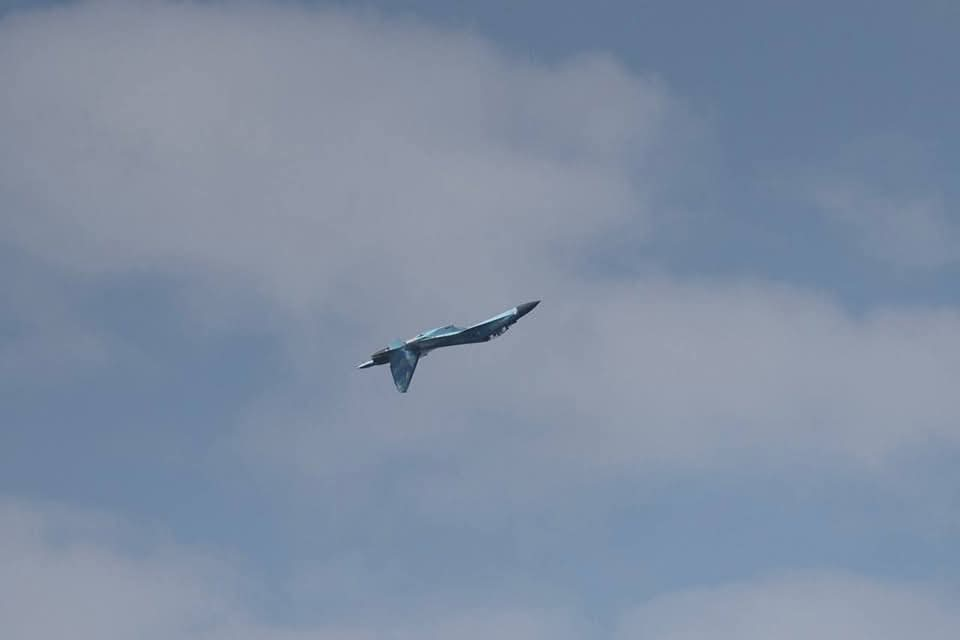
Spectral efficiency is a critical aspect of 5G technology, reflecting the ability to transmit more data over a given bandwidth.
As the demand for data continues to surge, particularly with the proliferation of connected devices and applications, the need for efficient spectrum utilization becomes increasingly important.








Key Metrics of Spectral Efficiency
In 5G networks, spectral efficiency is typically expressed in bits per second per hertz (bps/Hz). Current estimates suggest that while 4G networks achieve spectral efficiencies ranging from 0.074 to 6.1 bps/Hz, 5G networks are expected to reach efficiencies between 0.12 and 30 bps/Hz. This significant improvement is essential for accommodating the higher data rates and lower latency that 5G promises.
Factors Contributing to Enhanced Spectral Efficiency
Several factors contribute to the enhanced spectral efficiency of 5G:
Advanced Modulation Techniques: 5G employs higher-order modulation schemes, which allow for more bits to be transmitted per symbol. This increases the amount of data that can be sent over the same bandwidth.
Massive MIMO (Multiple Input Multiple Output): This technology uses a large number of antennas at the base station to serve multiple users simultaneously, improving capacity and efficiency.
Beamforming: By directing signals towards specific users rather than broadcasting in all directions, beamforming enhances signal quality and reduces interference, leading to better spectral efficiency.
Dynamic Spectrum Sharing: This allows different technologies and users to share the same spectrum dynamically, optimizing the use of available frequencies.
Conclusion
In conclusion, spectral efficiency is a cornerstone of 5G technology, enabling faster data transmission and improved service quality. With advancements in modulation techniques, massive MIMO, and dynamic spectrum sharing, 5G networks are set to deliver significantly higher spectral efficiencies compared to their predecessors. This evolution is crucial for meeting the growing demands of users and supporting the next generation of wireless applications.


Leave a Reply